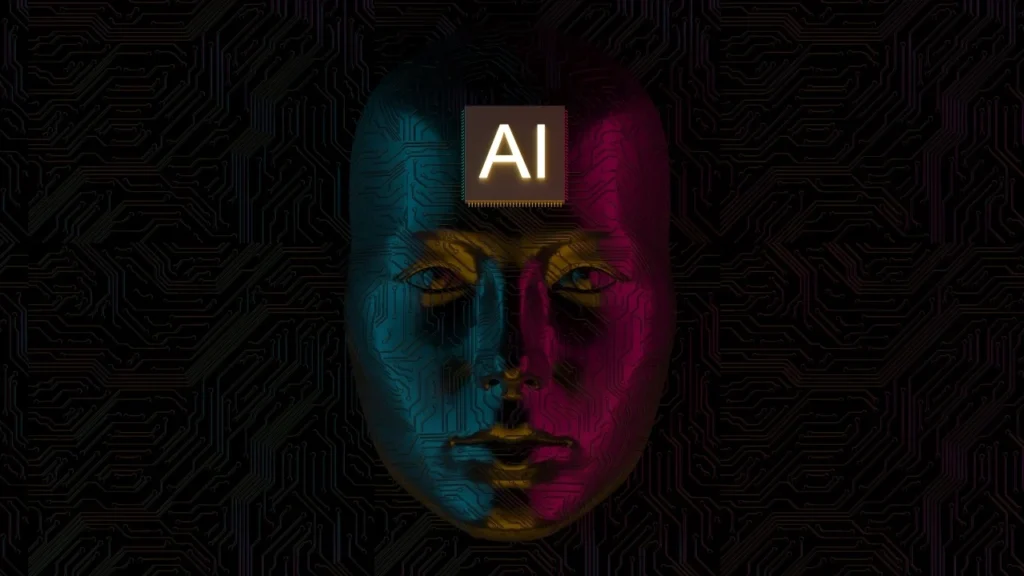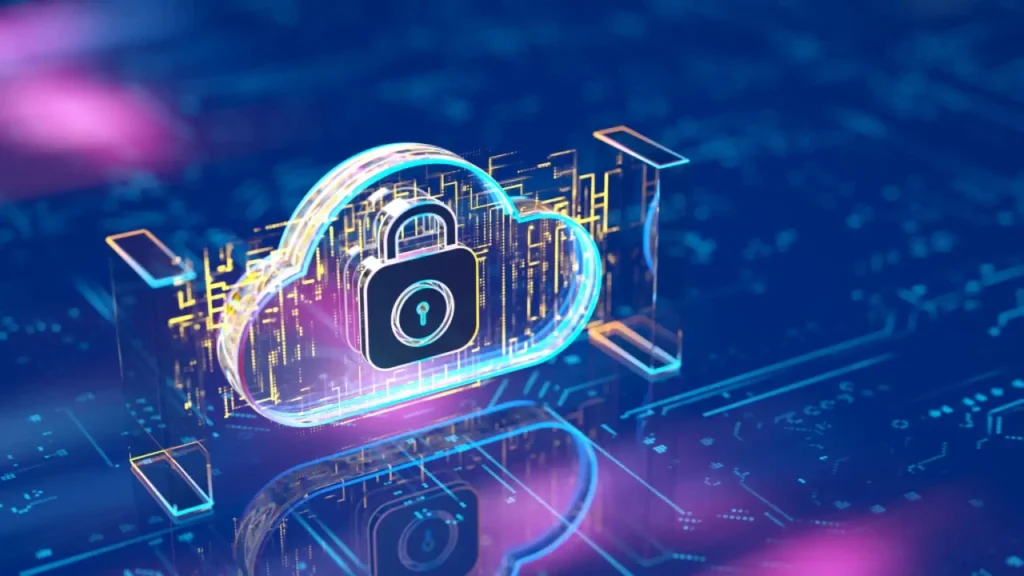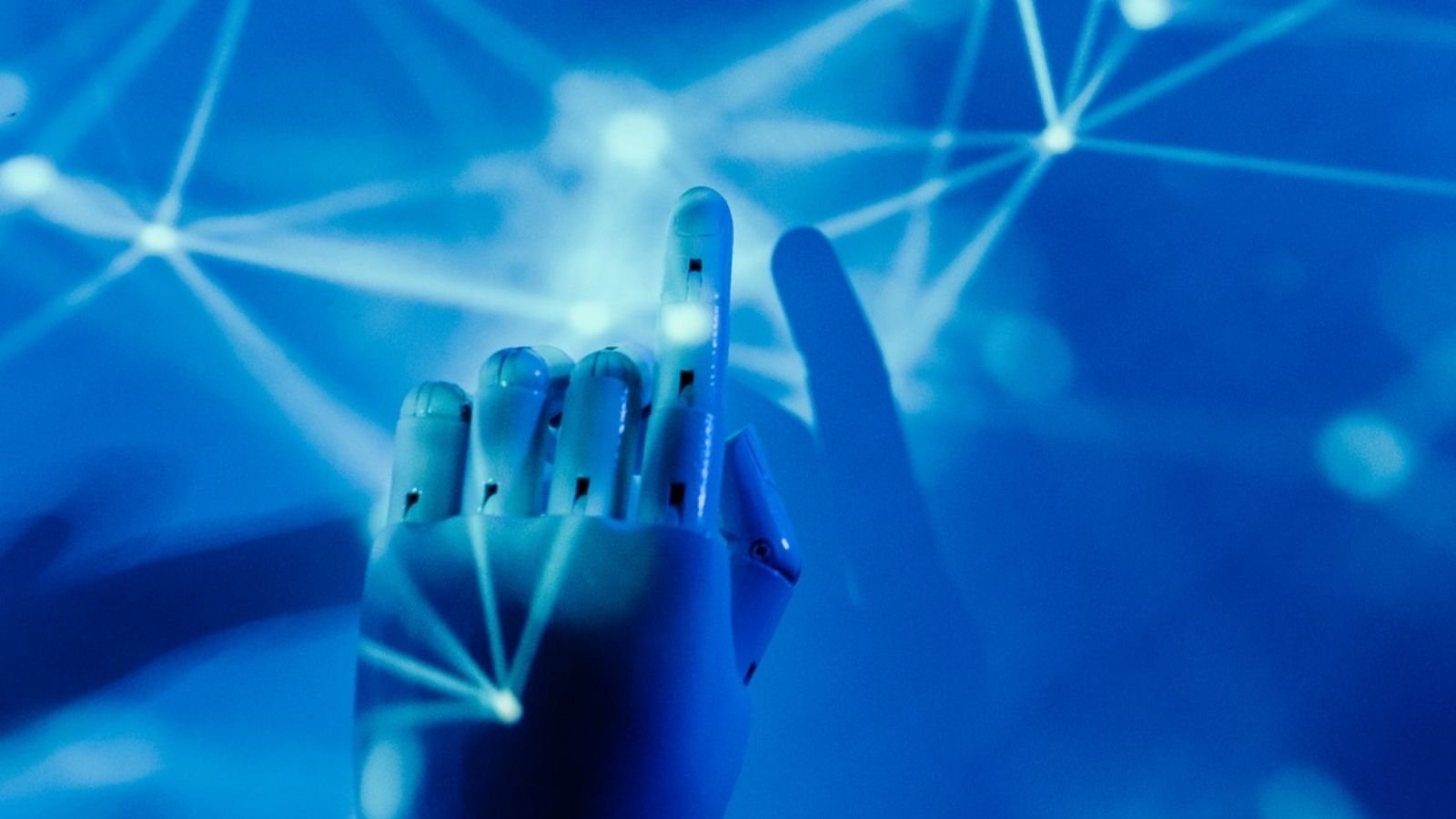Table of Contents
Highlights
- Edge AI vs Cloud AI differ mainly in processing location — Edge AI works on-device for instant, real-time responses, while Cloud AI uses powerful remote servers for heavy data processing and model training.
- Edge AI excels in speed, privacy, and offline performance, whereas Cloud AI provides large-scale storage, collaboration, and continuous learning from big data.
- The future belongs to a hybrid Edge AI vs Cloud AI ecosystem, strengthened by 5G, where devices act locally with Edge AI while improving through Cloud AI’s intelligence.
Artificial Intelligence (AI) is affecting the world more so than ever. Whether we are talking about smartphones, security cameras, hospitals, or factories, AI is enabling machines to think and act intelligently. But have you ever thought about where all of this thinking is taking place? Is it all happening on the device, or is it all happening somewhere far away on the internet?
This is what the two major words come in: Edge AI and Cloud AI. Both are impactful, but they are also different. Let us start to understand what they are, how they are different, and which one is moving forward in the future of technology.

What is Cloud AI?
Cloud AI refers to artificial intelligence that is executed on powerful computers that are located “in the cloud.” The cloud essentially refers to a group of servers on the internet that large companies (e.g. Google, Amazon, Microsoft, etc.) own.
Here’s how it works: when you take advantage of an AI feature (e.g. Google Photos recognizing faces or your voice assistant responding to your commands), your phone sends your data on the cloud. The cloud computes the data, processes the data using machine learning, and then sends the result back to your device.
Because cloud computing servers have great storage and computing resources, Cloud AI is capable of handling highly complex tasks and can digest and learn on large datasets. This is what makes Cloud AI suitable for tasks such as recommendation systems, data analytics, and AI tools that constantly need to digest updated data.
There is one drawback to Cloud AI: Cloud AI relies on the speed and stability of your internet connection. When your connection is weak, slow, or unreliable, Cloud AI has diminishing returns on its efficiency. Additionally, sending your data over the internet raises privacy and security concerns about your data.

What is Edge AI?
Now, if only your device could think independently and never needed the help of the internet. This is exactly what Edge AI accomplishes.In Edge AI, the processing occurs locally on the device which is the “edge” of the network, instead of the cloud. So, when your phone’s camera rapidly identifies your face, or your smartwatch measures your heart rate in real-time, Edge AI is at work.
The primary benefit of Edge AI is speed. When the data doesn’t need to travel to a remote server to be processed, it happens in an instant. This ensures a low latency which is crucial for applications like self-driving cars, medical monitoring, and industrial robots since a one-second delay can cause problems. Edge AI is also important for privacy since your data is processed locally on the device. It will still work regardless of the internet connection which is valuable for remote areas, or during internet outages.
Cloud AI vs Edge AI: The Primary Distinction
The primary distinction between Cloud AI and Edge AI is the location of the processing.Cloud AI leverages remote servers, while Edge AI leverages local devices. Cloud AI is ideal for training sophisticated AI models, as it has access to enormous data centers and tremendous processing power. Conversely, Edge AI is more suitable for deploying models in real life quickly.

To illustrate this concept through a real-life example, let’s think about the concept of a self-driving automobile. A self-driving car cannot wait for the cloud to tell it to brake. A decision must be made instantly — thus, comes the need for Edge AI. Later, we can upload the data from all those cars to the cloud to develop better models — Cloud AI. Simply put, Cloud AI provides the brain, while Edge AI provides the reflexes.
Benefits of Cloud AI
There are many benefits Cloud AI can provide, which is why it is a common choice for larger scale AI systems.
1. Tons of Computing Power
Cloud servers can store billions of data points and can train very complex AI models fast.
2. Collaboration
Developers and companies can collaborate effectively on shared data and continue to develop the AI tools.
3. Always Improving
When cloud connected, the AI system can always learn from new data continuously even if it is a low amount of data. That aside, Cloud AI must be connected to the Internet and presents issues with privacy of data, especially in large amounts of data transfer, and can be expensive.

Benefits of Edge AI
Edge AI focuses on “real-time” intelligence. This is why it is becoming more popular;
1. Speed and latency
The data is processed on the device itself, resulting in immediate results.
2. Privacy
Sensitive data, including health data or location data, need not be sent to external servers.
3. Internet less
Edge AI works flawlessly when there is no Internet connection.
4. Lower costs
In many cases, Edge reduces costs for networks and data transfer.
For these reasons, Edge AI is an ideal solution in medical, automotive, security, and wearables being more dependent on reliability and privacy.

Why Not Go With One?
It may seem like we should simply choose one — but in reality, the future relies on the combination of both. Cloud AI and Edge AI are basically the two sides as components of a smart system. Take your phone, for example. Edge AI lets your phone give you a response immediately when you ask it for a voice command. Cloud AI increases the precision of the voice recognition by learning from millions of voice queries around the world.
Similarly, in a factory, Edge AI sensors can monitor machines in real-time, while Cloud AI uses data from thousands of other factories to analyze potential needed maintenance.This is what experts call hybrid AI systems — working together for a better future of smart technology.
The Role of 5G in the Future
As 5G networks spread across the world, the bond between Edge and Cloud will grow stronger than ever. 5G will provide devices with an ultra-fast internet and low delays allowing devices to share and process data in near real-time. This will ensure that hybrid AI systems are more reliable and efficient in powering smart cities, driverless cars, healthcare, and robotics and beyond. India is currently heavily investing in this ecosystem and making either Edge or Cloud a pertinent question for the country.

Future Challenges
There are challenges of course for both Cloud AI and Edge AI. For Cloud AI data security and compliance issues are large challenges; combining sensitive data with other organizational data – which may be in compliance with EU or other global privacy laws. Data will need to be encrypted.
For Edge AI, the common challenge is hardware limitations; local devices do not always have enough memory or processing power to run large AI models – and downloading and uploading those models on millions of devices is also a technical issue. In response to the challenges of Edge AI, tech companies are currently developing cloud-based software optimized for AI with lightweight machine learning models and secure frameworks for edge computing.
So How Does the Future Look?
The future of AI will not belong to strictly either Cloud AI or Edge AI it will belong to a smart mixture of both. Cloud AI will power learning, big data analytics, and collaboration on large scales.Edge AI will handle fast real-time decision making, at the data on the edge.
They will build an eco-system that will permit devices to be faster, safer, and more independent while connected to more intelligence. While the world is more immersed in AI by 2026, the world will likely have artificial intelligence that learns in the cloud but acts at the edge.

Final Thoughts
In straightforward terms, Edge AI and Cloud AI are working together, not against each other.Cloud AI supplies the heavy processing and storage, while Edge AI handles instant responses and privacy.
Whether it’s your phone, car, or city — tomorrow’s AI would be delivered by both to provide the seamless, secure, smart experience that we have come to expect. And with India’s increasing focus on AI and 5G, we are more than just headed toward a future of hybrid intelligence.